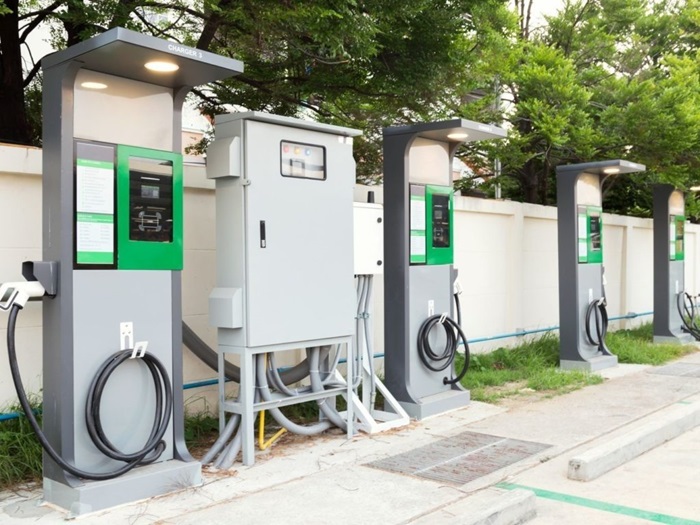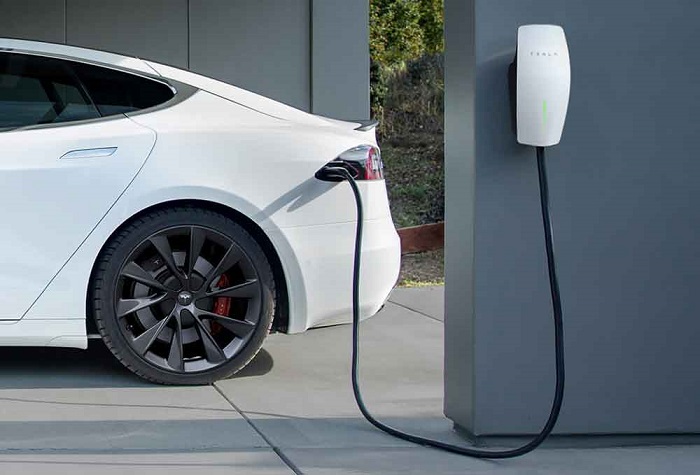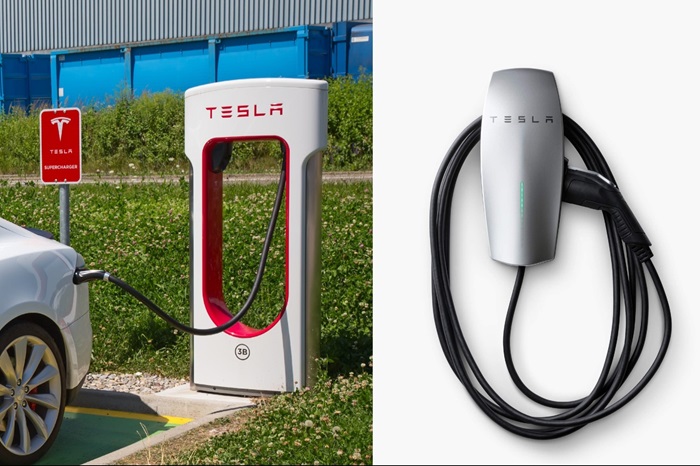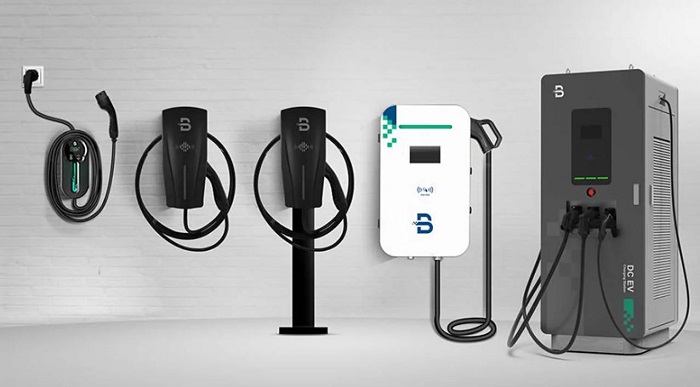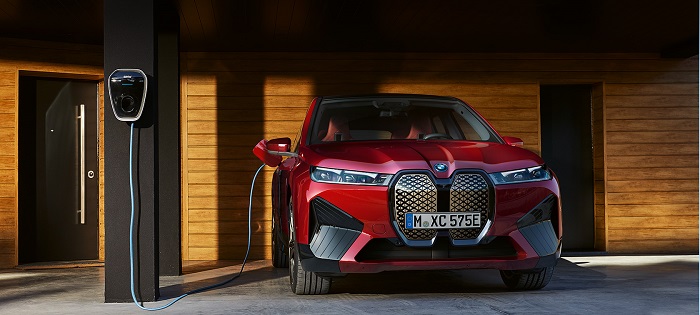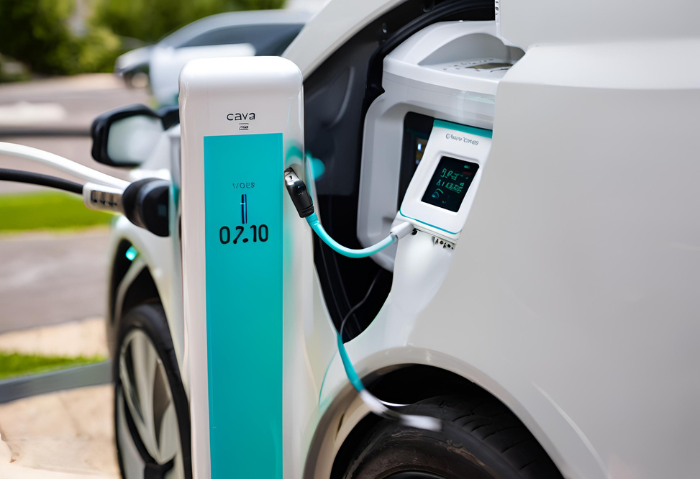Everything You Need to Know About Honda Clarity Level 1 Charger
Embark on a journey into the realm of the Honda Clarity Level 1 charger, a cornerstone of the electric vehicle (EV) ownership experience. In this comprehensive guide, we’ll illuminate the intricacies of this essential charging device, unveiling its features, functionalities, and benefits for Honda Clarity owners.
Understanding Level 1 Charging
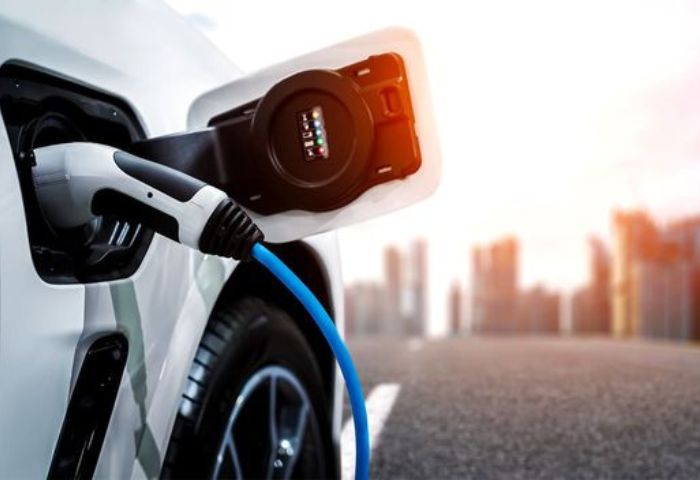
What is a Level 1 Charger for Honda Clarity?
A Level 1 charger for the Honda Clarity is a type of electric vehicle (EV) charging device that utilizes a standard household outlet for charging. Level 1 charging operates at a voltage of 120 volts AC, making it compatible with most standard residential electrical outlets found in homes.
To connect to the Honda Clarity, a Level 1 charger typically uses the J1772 connector, which is a standard connector found on most EVs, including the Honda Clarity. The J1772 connector features a secure locking mechanism and is designed to deliver power safely and efficiently from the charger to the vehicle’s onboard charging system.
In summary, a Level 1 charger for the Honda Clarity utilizes standard household outlets and connects to the vehicle using the J1772 connector, providing a convenient and accessible charging solution for EV owners.
Benefits of Using a Level 1 Charger
The benefits of using a Level 1 charger for the Honda Clarity are numerous and cater to the needs of EV owners seeking affordability, accessibility, and convenience:
Affordability and Easy Access: Level 1 charging is highly accessible to Honda Clarity owners due to its compatibility with standard household outlets. There’s no need for expensive charging infrastructure or specialized equipment, making Level 1 charging a cost-effective option for EV owners on a budget. Additionally, the widespread availability of standard outlets ensures that Honda Clarity owners can charge their vehicles wherever there’s access to electricity.
Convenient for Overnight Charging at Home: Level 1 charging is particularly convenient for overnight charging at home, allowing Honda Clarity owners to replenish their vehicle’s battery while they sleep. By simply plugging the Level 1 charger into a standard household outlet, owners can ensure that their vehicle is fully charged and ready for the day ahead without having to make a special trip to a charging station. This overnight charging routine aligns seamlessly with daily life, providing peace of mind and eliminating range anxiety for Honda Clarity owners.
Using Your Level 1 Charger
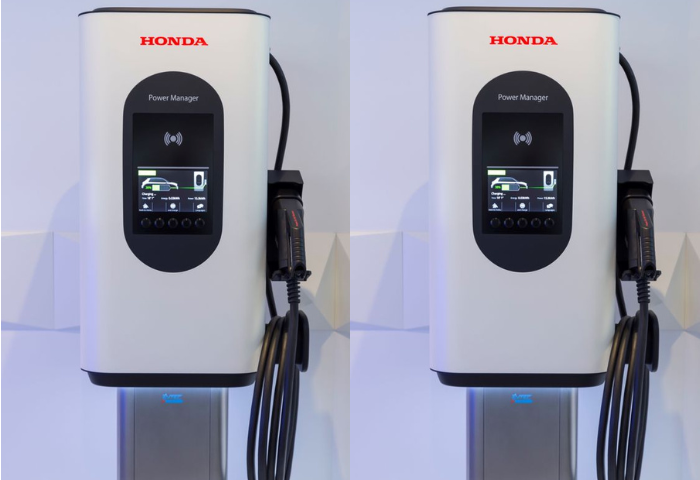
Connecting the Charger to Your Car and Outlet
Step 1: Park your Honda Clarity within reach of the Level 1 charger and ensure that the charging port on your vehicle is accessible.
Step 2: Take the Level 1 charging cable and securely plug the J1772 connector into the charging port on your Honda Clarity. Ensure that the connector clicks into place, indicating a secure connection.
Step 3: Locate a standard household electrical outlet within reach of the Level 1 charger. Plug the other end of the charging cable into the outlet, ensuring that it is securely connected.
Step 4: Once both ends of the charging cable are securely plugged in, charging will begin automatically. You may see a light on the charger indicating that charging is in progress.
Estimating Charging Time Based on Battery Capacity
Step 1: Determine your Honda Clarity’s battery capacity, typically measured in kilowatt-hours (kWh). This information can usually be found in your vehicle’s owner’s manual or specifications.
Step 2: Refer to the charging rate of the Level 1 charger, which is typically around 1.44 kilowatts (kW) for standard Level 1 charging.
Step 3: Use the following formula to estimate charging time: Charging Time (hours) = Battery Capacity (kWh) / Charging Rate (kW).
Step 4: For example, if your Honda Clarity has a battery capacity of 17.0 kWh and the Level 1 charger provides a charging rate of 1.44 kW, the estimated charging time would be approximately 11.81 hours (17.0 kWh / 1.44 kW = 11.81 hours).
Level 1 Charging: Is It Right for You?
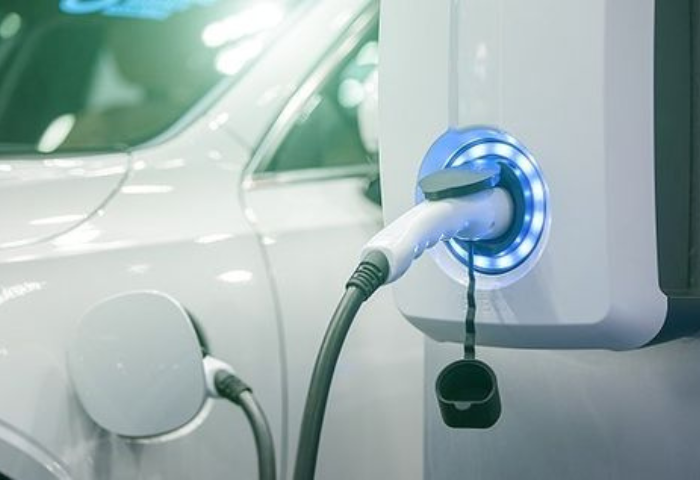
Is Level 1 Charging Sufficient for Honda Clarity Owners?
For many Honda Clarity owners, Level 1 charging can indeed be sufficient for their daily charging needs. However, it’s essential to consider the pros and cons of Level 1 charging to determine if it meets your requirements:
Pros of Level 1 Charging:
Convenience: Level 1 charging is incredibly convenient, as it allows Honda Clarity owners to charge their vehicles using standard household outlets. This means you can charge your vehicle at home overnight while you sleep, without the need for specialized charging equipment or infrastructure.
Cost-Effectiveness: Level 1 charging is one of the most cost-effective charging options available for EV owners. Since it utilizes standard household outlets, there’s no need for expensive installation costs or upgrades to your electrical system. This makes it a budget-friendly option for Honda Clarity owners.
Cons of Level 1 Charging:
Slower Charging Speed: One of the main drawbacks of Level 1 charging is its slower charging speed compared to Level 2 charging. Level 1 chargers typically deliver charging rates of around 2 to 5 miles of range per hour, which may not be sufficient for owners with higher daily driving needs or longer commutes.
Factors to Consider:
When determining if Level 1 charging is sufficient for your Honda Clarity, consider factors such as your daily driving needs and charging habits. If you have a short commute and primarily use your vehicle for local trips, Level 1 charging may be adequate for your needs. However, if you have a longer commute or require more frequent charging, you may benefit from the faster charging speeds offered by Level 2 charging.
When to Consider Upgrading to a Level 2 Charger
Upgrading to a Level 2 charger may be beneficial for Honda Clarity owners in several scenarios, particularly if they encounter the following situations:
Frequent Long Trips: If you frequently embark on long trips or have a higher daily driving distance, a Level 2 charger can significantly reduce charging time compared to Level 1 charging. Level 2 chargers typically provide charging rates of around 10 to 30 miles of range per hour, allowing you to replenish your Honda Clarity’s battery more quickly and efficiently.
Need for Faster Charging: Level 2 chargers offer faster charging speeds compared to Level 1 chargers, making them ideal for owners who require rapid charging turnaround times. Whether you’re on a tight schedule or need to charge your vehicle multiple times throughout the day, a Level 2 charger can help minimize downtime and keep you on the move.
Home Charging Convenience: While Level 1 charging is convenient for overnight charging at home, Level 2 charging provides added flexibility and convenience. With a Level 2 charger installed at home, you can recharge your Honda Clarity more quickly and efficiently, allowing for greater flexibility in your charging routine and ensuring your vehicle is always ready for the road.
Future-Proofing: As electric vehicle technology continues to advance, upgrading to a Level 2 charger can help future-proof your charging setup. Level 2 chargers are compatible with a wide range of electric vehicles, including future models with larger battery capacities and faster charging capabilities. By investing in a Level 2 charger now, you can ensure that your charging infrastructure remains compatible with evolving EV technology.
Troubleshooting and Features (Optional)
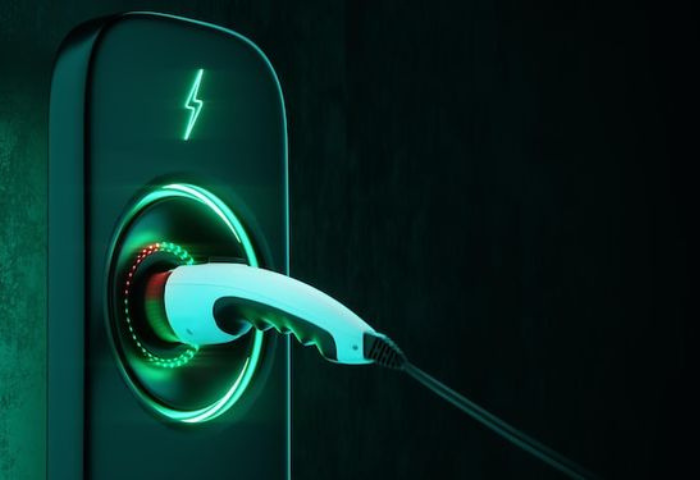
Common Issues with Honda Clarity Level 1 Charger
Common issues with the Honda Clarity Level 1 charger may include:
Slow Charging: Due to the lower charging rate of Level 1 chargers compared to Level 2 chargers, charging your Honda Clarity may take longer than desired.
Electrical Outlet Compatibility: Some standard household outlets may not provide sufficient power or may be incompatible with the Level 1 charger, leading to charging issues.
Charging Cable Damage: Wear and tear on the charging cable or connector may occur over time, potentially leading to connectivity issues or charging inefficiencies.
What Are the Features of a Level 1 Charger for Honda Clarity?
When selecting a Level 1 charger for your Honda Clarity, several key features should be considered to ensure compatibility, safety, and efficiency:
Amperage Rating: The amperage rating of the Level 1 charger determines the rate at which it can deliver power to your Honda Clarity. Most Level 1 chargers operate at a standard amperage rating of 12 amps, but some models may offer higher amperage ratings for faster charging. Ensure that the amperage rating of the charger is compatible with your vehicle’s charging capabilities and electrical system.
Charging Cable Length: The length of the charging cable can impact the flexibility and convenience of charging your Honda Clarity. Opt for a Level 1 charger with a cable length that allows for easy access to your vehicle’s charging port, whether you’re charging in a garage, driveway, or other location.
Safety Features: Look for Level 1 chargers equipped with safety features such as overload protection, short-circuit protection, and overcurrent protection to safeguard against electrical hazards and ensure safe charging for your Honda Clarity.
Portability and Durability: Consider the portability and durability of the Level 1 charger, especially if you plan to travel with it or use it in various locations. Look for compact and lightweight chargers with robust construction and weatherproofing to withstand outdoor use.
Honda-Specific Recommendations: While Level 1 chargers are generally compatible with all electric vehicles, including the Honda Clarity, it’s advisable to verify compatibility with your vehicle’s specifications and charging requirements. Additionally, Honda may offer branded or recommended Level 1 chargers that are designed specifically for use with the Clarity.
Home Charging and Battery Life
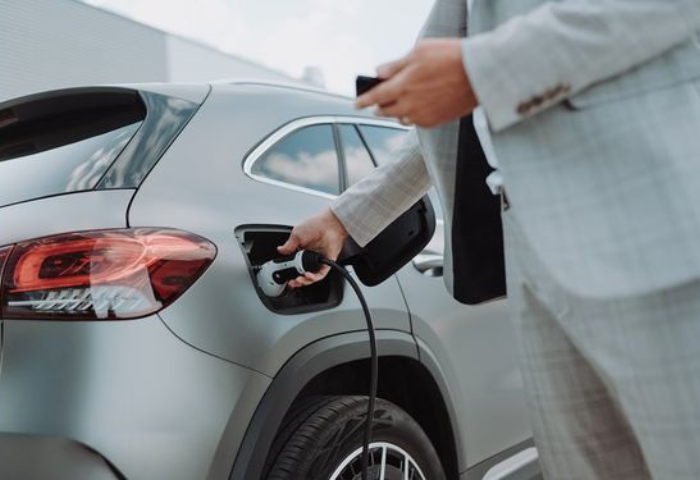
Is a Level 1 Charger Suitable for Home Charging of Honda Clarity?
Yes, a Level 1 charger is suitable for home charging of the Honda Clarity, offering a convenient and accessible solution for EV owners. Here’s why Level 1 charging is ideal for home use with the Honda Clarity:
Convenience: Level 1 charging allows you to recharge your Honda Clarity using a standard household outlet, eliminating the need for specialized charging infrastructure or equipment. This means you can conveniently charge your vehicle at home overnight while you sleep, ensuring it’s ready to go when you wake up in the morning.
Accessibility: Standard household outlets are ubiquitous and readily available in most homes, making Level 1 charging accessible to a wide range of Honda Clarity owners. There’s no need for expensive installation costs or upgrades to your electrical system, making Level 1 charging a cost-effective and hassle-free option for home charging.
Before installing a Level 1 charger for your Honda Clarity at home, it’s essential to consider a few factors:
Electrical Capacity: Verify that your home’s electrical system can support the charging requirements of the Level 1 charger without overloading the circuit. Check the amperage rating of the electrical outlet and ensure it matches the specifications of the Level 1 charger. If necessary, consult with a qualified electrician to assess your electrical capacity and make any necessary upgrades or modifications.
Charging Location: Choose a suitable location for installing the Level 1 charger, ensuring it’s within reach of a standard household outlet and provides easy access to your Honda Clarity’s charging port. Consider factors such as proximity to your vehicle, weather protection, and ventilation to ensure safe and convenient charging.
How Does Charging with a Level 1 Charger Impact the Battery Life of Honda Clarity?
Charging your Honda Clarity with a Level 1 charger is safe and will not negatively impact the battery life when done correctly. Here’s why:
Gentle Charging: Level 1 charging operates at a lower power level compared to higher-level charging options, such as Level 2 or DC fast charging. This gentle charging process helps minimize stress on the battery cells and prolongs battery life over time.
Built-in Safeguards: Level 1 chargers, including those designed for the Honda Clarity, typically come equipped with built-in safety features to protect the battery and ensure safe charging. These features may include overload protection, short-circuit protection, and overcurrent protection, which help prevent damage to the battery during charging.
Manufacturer Recommendations: Honda provides guidelines and recommendations for charging the Clarity’s battery safely and efficiently. By following these guidelines and using a Level 1 charger as directed, you can maintain the health and longevity of the battery over the vehicle’s lifespan.
To further maintain battery health while charging your Honda Clarity with a Level 1 charger, consider the following tips:
Avoid Extreme Temperatures: Charging your vehicle in extreme temperatures, such as extremely hot or cold conditions, can affect battery performance and longevity. Whenever possible, charge your Honda Clarity in moderate temperature conditions to optimize battery health.
Monitor Charging Progress: Keep an eye on the charging progress and avoid overcharging the battery. Once the battery reaches full capacity, unplug the charger to prevent unnecessary strain on the battery cells.
Regular Maintenance: Follow Honda’s recommended maintenance schedule for your Clarity, including battery health checks and inspections, to ensure optimal performance and longevity of the battery over time.
As the EV landscape continues to evolve, the Honda Clarity Level 1 charger remains a steadfast companion on the journey toward sustainable transportation. Armed with the knowledge and insights gained from this guide, Honda Clarity owners can navigate the charging landscape with confidence, unlocking the full potential of their electric vehicles.
In conclusion, the Honda Clarity Level 1 charger stands as a beacon of convenience, reliability, and sustainability in the realm of electric driving, empowering EV owners to embrace a brighter, cleaner future on the road.

Henry Michael is a leading expert in EV charging station research, specializing in innovative solutions for electric vehicle infrastructure. With a passion for sustainability and technological advancement, he is dedicated to advancing the accessibility and efficiency of EV charging worldwide.

